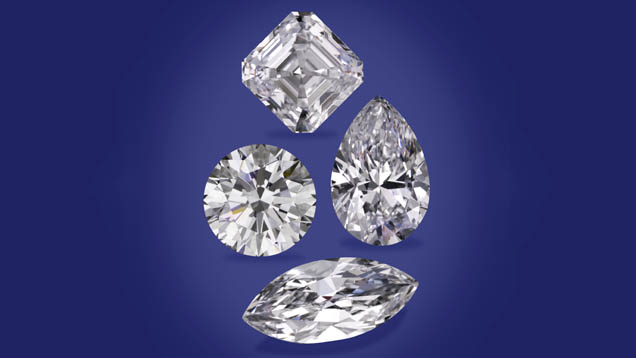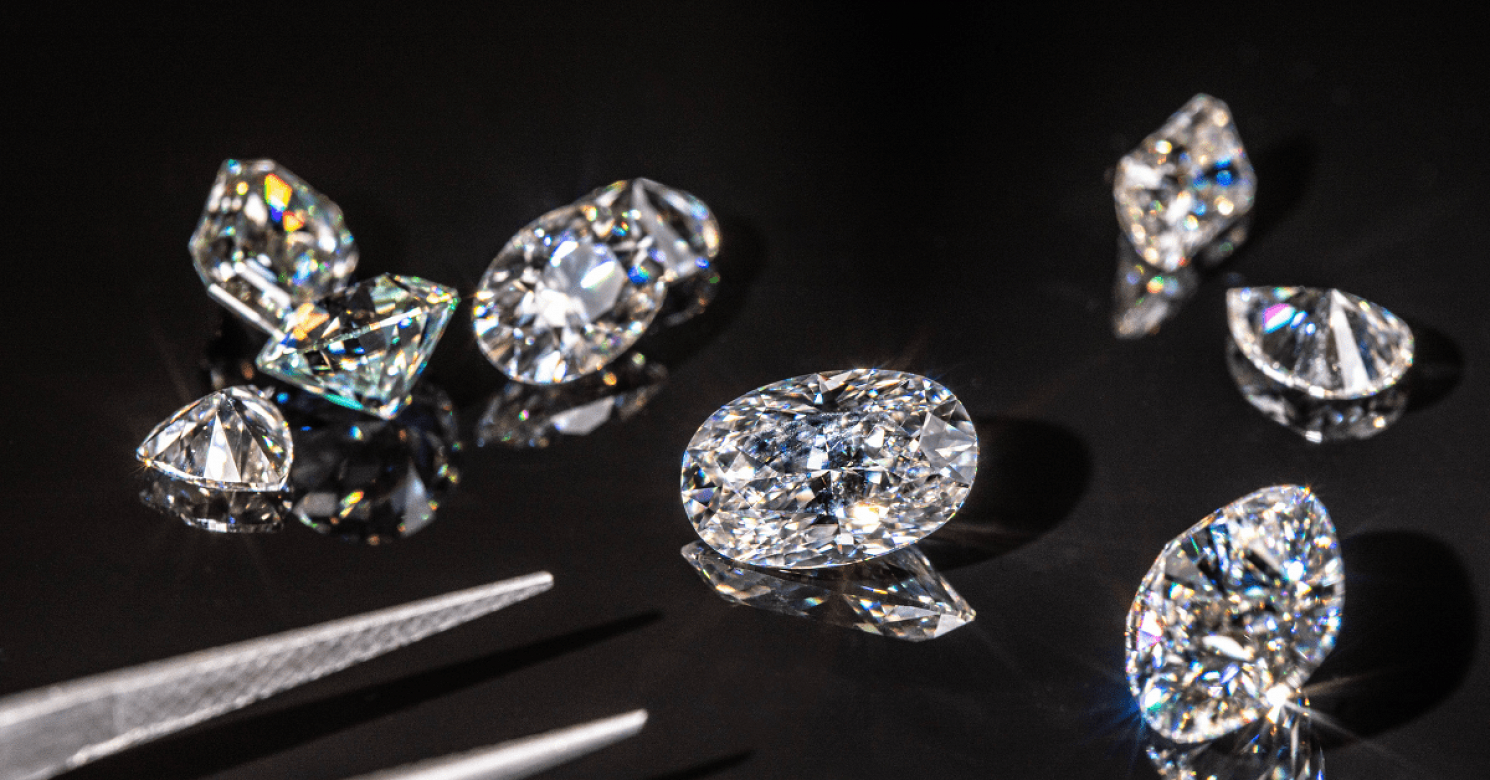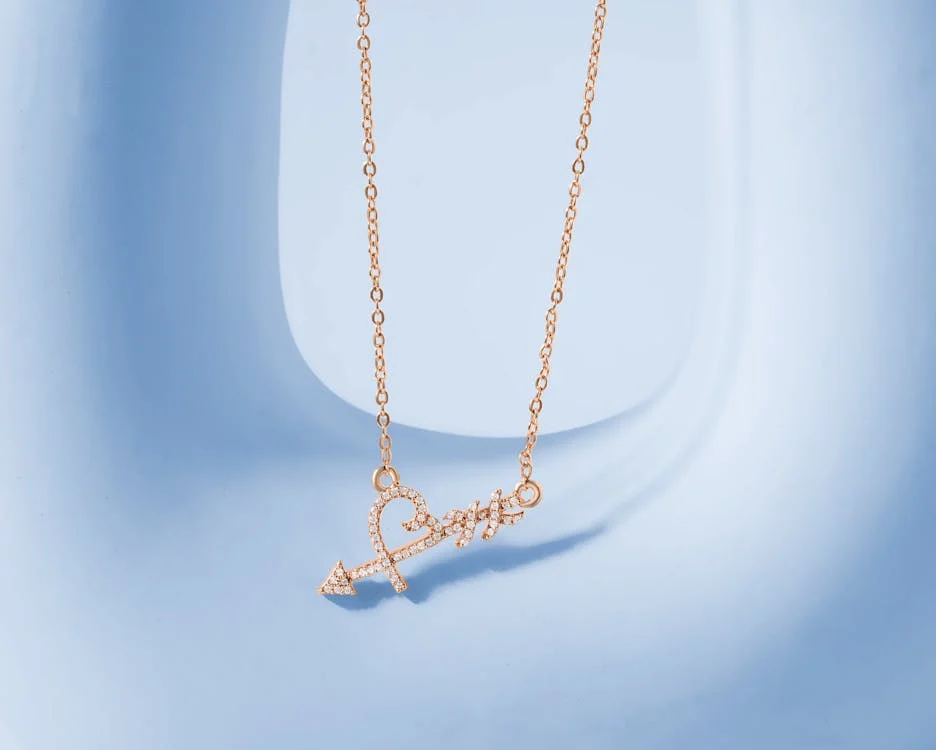When selecting a diamond, one of the most important factors to consider is pureza del diamante. Purity refers to the clarity of the diamond, and it is a measure of how free the stone is from internal and external flaws, also known as inclusions and blemishes. These imperfections can affect not only the diamond’s appearance but also its overall value. In this article, we will explore the significance of diamond purity, how it is graded, and what you should look for when choosing the perfect diamond for your collection.
Table of Contents
What Is Diamond Purity?
Diamond purity is one of the key characteristics that determine a diamond’s quality. It represents the presence or absence of inclusions (internal flaws) and blemishes (external flaws) within the diamond. A flawless diamond is one that has no visible imperfections under 10x magnification, which is the standard for grading diamonds. Understanding diamond purity helps buyers make informed decisions when purchasing diamonds, especially when it comes to price and aesthetic appeal.
The Diamond Purity Scale
The diamond purity scale is a grading system developed by gemologists to assess the quality of diamonds. This scale ranges from Flawless (FL) to Included (I1, I2, I3), with several grades in between. Flawless diamonds are rare and the most valuable, as they are free from any internal or external imperfections. On the other hand, diamonds that fall under the “Included” categories may have visible flaws that can affect their brilliance and overall appearance. Familiarizing yourself with the diamond purity scale will help you choose a diamond that suits both your budget and aesthetic preferences.
Why Does Diamond Purity Matter?
The level of diamond purity plays a crucial role in determining the price of a diamond. Higher purity diamonds, such as those with fewer inclusions, are generally more expensive due to their rarity and visual appeal. A diamond with fewer imperfections tends to sparkle more, as light can pass through it with greater ease. Understanding diamond purity also allows you to evaluate the durability of the stone, as diamonds with fewer inclusions are less likely to break or chip over time.
How To Assess Diamond Purity
When purchasing a diamond, it is essential to have an understanding of how diamond purity is evaluated. Jewelers use a 10x magnification tool, called a loupe, to inspect the diamond for inclusions and blemishes. These imperfections are often microscopic and can only be seen under magnification. Some inclusions are so minor that they do not affect the diamond’s beauty or value significantly. However, major inclusions can diminish the diamond’s clarity and lower its price. Always ask for a detailed clarity report from a trusted gemologist to assess the diamond purity before making a purchase.
The Impact of Diamond Purity on Appearance
While diamond purity significantly affects the diamond’s overall appearance, it is important to remember that diamonds with minor inclusions may still appear visually flawless to the naked eye. In many cases, the imperfections are too small to be noticed, especially if they are located in areas that are not visible when the diamond is set in a piece of jewelry. For most people, diamonds with a high degree of diamond purity may not be necessary, especially if the imperfections are not noticeable to the human eye.
How Diamond Purity Affects Pricing
As mentioned earlier, diamond purity can have a significant impact on pricing. Diamonds with higher clarity grades, such as Flawless (FL) or Internally Flawless (IF), tend to be much more expensive than those with lower clarity grades like I1, I2, or I3. However, it is important to note that many buyers lab diamonds with small imperfections that are not visible to the naked eye, as they offer better value for money without compromising the diamond’s overall beauty. Understanding how diamond purity impacts the price can help you make an informed decision and get the best value for your investment.
Diamond Purity and Other Factors
While diamond purity is a vital factor in assessing a diamond, it is not the only aspect to consider. Other characteristics, such as the diamond’s cut, color, and carat weight, also contribute to its overall quality and appearance. The cut, for example, affects how well a diamond reflects light, which can influence its brilliance. Color grading, on the other hand, evaluates how colorless or yellowish a diamond appears. The combination of all these factors, along with diamond purity, ultimately determines the quality and value of the diamond.
Choosing the Right Diamond Purity for You
When choosing a diamond, it is important to find a balance between diamond purity and your budget. If you are looking for a diamond that is visually stunning but also cost-effective, diamonds with minor inclusions or blemishes may be the perfect choice. On the other hand, if you are seeking the highest quality and are willing to invest in a flawless diamond, choosing a high-purity stone will ensure that you have a piece that is both rare and beautiful. Keep in mind that diamond purity is just one part of the equation, and the perfect diamond for you will depend on your personal preferences and priorities.
Conclusion
In conclusion, diamond purity plays an essential role in determining the overall quality and value of a diamond. By understanding the significance of diamond purity and how it is graded, you can make an informed decision when purchasing a diamond. Remember to consider all the factors, including the diamond’s cut, color, and carat weight, along with its purity, to find the perfect gem that meets your needs and preferences. Whether you’re buying a diamond for an engagement ring or as a personal investment, knowledge of diamond purity will help you choose a stunning and valuable stone that lasts a lifetime.





